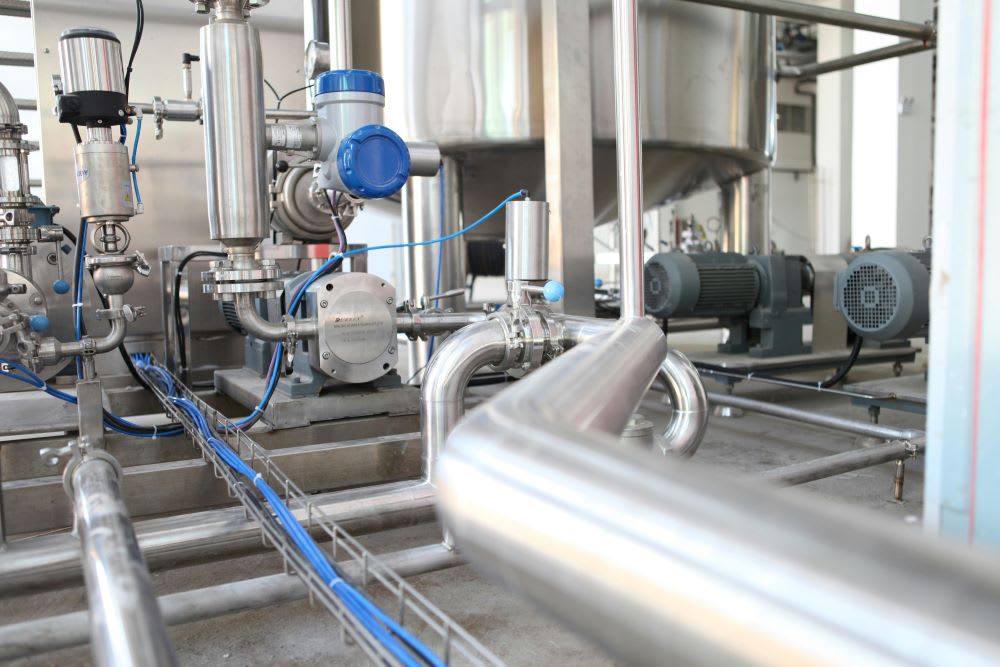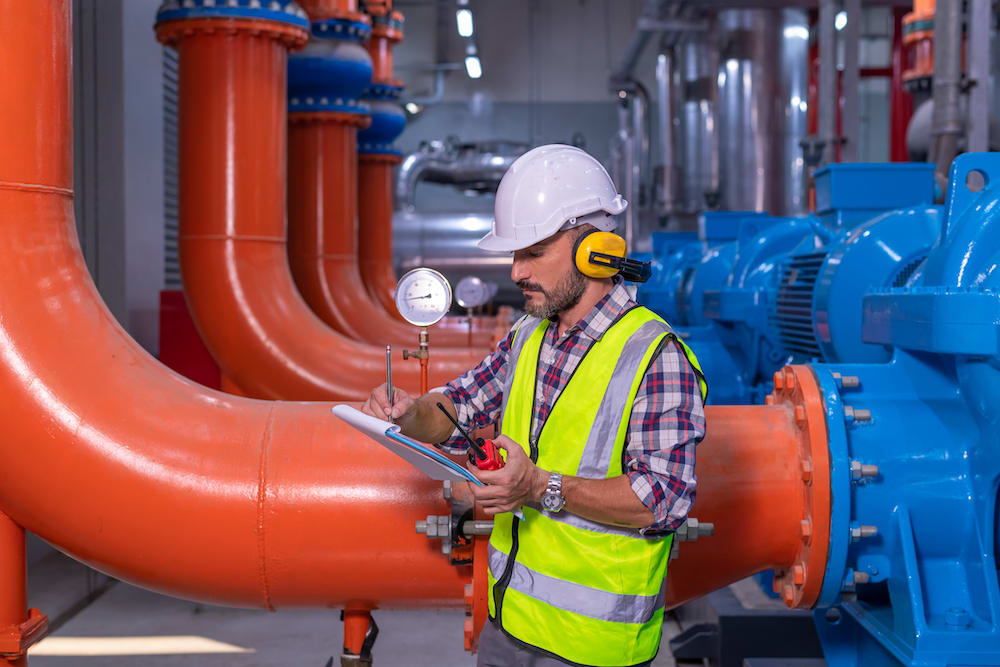- Published 8 Mar 2024
- Last Modified 8 Mar 2024
- 5 min
Integrating Flow Sensors with IoT: The Future of Industrial Monitoring
Discover how integrating flow sensors with IoT technology is revolutionising industrial monitoring through improved accuracy, efficiency, and performance.

The advent of Internet of Things (IoT) technology has revolutionised modern industrial monitoring, introducing a new era of process management and operational efficiency across various sectors. At the forefront of this technological revolution is the integration of flow sensors with IoT, a development that promises to transform how industries in Australia and globally manage and optimise their processes.

The Role of Flow Sensors in Industrial Monitoring
Flow sensors are pivotal in industrial settings, meticulously measuring fluid movement through pipes and conduits. Essential for water treatment facilities, chemical manufacturing plants, and more, they ensure fluid flow is maintained at optimal levels for safety, efficiency, and regulatory compliance.
In Australia, where environmental conditions can be harsh and unpredictable, the ability to immediately identify, troubleshoot, and act upon changes in fluid flow minimises downtime and the risk of costly disruptions. This capability is particularly crucial in industries like mining, where the precise management of water resources can significantly impact sustainable mining operations and wider environmental sustainability.
Advantages of IoT-Enabled Flow Sensors
Real-Time Data Monitoring and Accessibility
IoT-enabled flow sensors offer the unparalleled advantage of continuous, real-time monitoring. Gaining access to a constant stream of data on fluid flow rates and conditions ensures that operators have immediate access to crucial information, enabling prompt decision-making and swift responses to any systemic changes.
This real-time data accessibility is invaluable for Australian industries, particularly in regions prone to sudden environmental changes, as it ensures that operations remain uninterrupted and responsive to any anomalies. The integration of these sensors with IoT platforms also enables a seamless flow of data, enhancing overall connectivity and interoperability across various devices and systems.
Enhanced Accuracy and Precision
By harnessing advanced IoT technologies, these sensors achieve greater accuracy and precision in flow measurement. This enhanced reliability is indispensable for industries where even minor discrepancies in flow rates can have significant implications on process control and product quality, such as in the pharmaceutical or food and beverage sectors prevalent in Australia.
For instance, in the wine industry, precise flow measurement ensures consistent quality and taste profiles, a factor critical to the success of regions such as Margaret River, Barossa Valley, and the Adelaide Hills as globally acclaimed wine producers. Moreover, in sectors like manufacturing, where fluid dynamics play a critical role in the production process, the precision offered by IoT-enabled sensors ensures that production lines operate smoothly and efficiently.
Predictive Maintenance and Reduced Downtime
The integration of IoT is a game-changer for industrial operations due to its predictive maintenance capabilities. Analysing trends and patterns enables the prediction of potential system failures or maintenance needs before they manifest, drastically reducing unplanned downtime and the costs associated with it.
This feature is particularly valuable in Australia's vast mining operations, where equipment failure can have extensive financial and operational repercussions. By foreseeing system failures or maintenance needs, flow sensors in these systems can not only save millions in operational costs but also safeguard workers against environmental incidents. In the long run, predictive maintenance facilitated by IoT-enabled sensors extends the lifespan of critical equipment, ensuring that industries can achieve higher productivity with lower investment in ad hoc maintenance.

Improved Efficiency and Cost Savings
IoT-enabled flow sensors facilitate process optimisation and resource allocation through real-time data and predictive analytics. This optimisation leads to improved system efficiency, energy savings, and reduced operational costs. In Australia's agricultural sector, optimising water use in irrigation through precise flow measurement can result in significant water savings, contributing to sustainability and reduced expenditure on water resources. These savings are crucial for maintaining Australia's agricultural competitiveness on the global stage, ensuring that resources are utilised efficiently while minimising environmental impact.
Remote Monitoring and Control
Offering the flexibility to manage operations remotely, IoT-enabled flow sensors are particularly beneficial in Australia's vast and sometimes inaccessible installations. The ability to remotely monitor and adjust flow rates in real time offers unparalleled control over industrial processes, reducing the need for on-site interventions and enabling more agile responses to operational demands.
Such remote monitoring and control capabilities are essential for the efficient management of water resources in agriculture and industrial processes, especially in remote mining operations across Western Australia and Queensland. This not only enhances operational convenience and safety but also ensures compliance with Australia’s stringent environmental regulations, even in hard-to-access locations.
Embracing the Future of Industrial Monitoring
Integrating flow sensors with IoT represents a significant leap forward for industrial monitoring, offering myriad benefits from enhanced accuracy to predictive maintenance. As Australian industries continue to navigate the complexities of modernisation and digital transformation, adopting this technology is not just beneficial but essential for staying competitive.
RS Australia stands ready to support this transition with a wide selection of reliable and high-quality water flow sensor and float switch products. Browse our industrial solutions, or reach out to us for more information on choosing the right flow meter for your water management needs.
Popular Flow Sensor Brands
Related links
- Under Pressure: How Advanced Pressure Sensors Are Transforming Mine Safety and Operational Efficiency
- Your Smart Choice for Energy Saving
- The Impact of Servo Motors on Automated Drilling Equipment in Mining
- Condition Monitoring
- WISE 4051 Series I/O module for Use with IOT Devices 10 → 30 V dc
- WISE 4012 Series I/O module for Use with IOT Devices Digital, 10 → 30 V dc
- Advantech WISE 4051 Series I/O module for Use with IOT Applications Digital, 12 V dc
- Advantech WISE 4050 Series I/O module for Use with IOT Devices Digital, 10 → 30 V dc